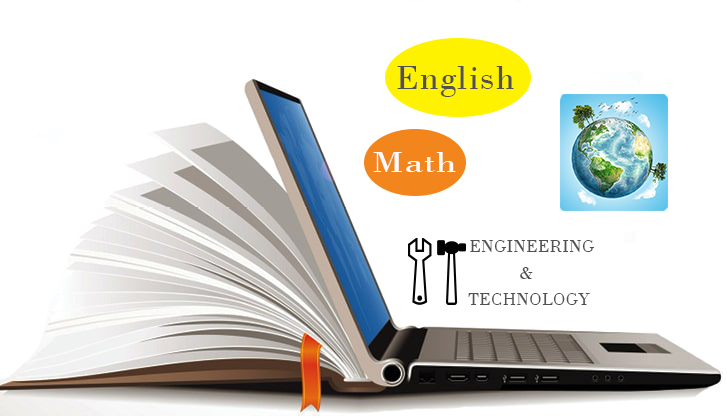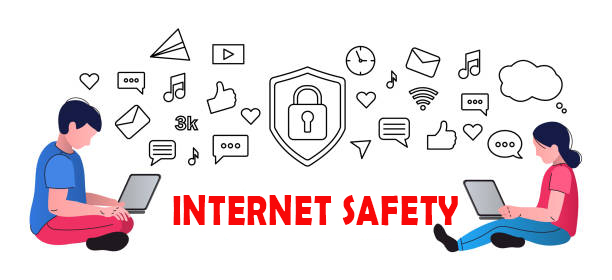State of Online Learning in Kenya

Recently, I had a conversation with public primary school teachers, and some head teachers, on issues surrounding computer literacy in their respective schools. Let alone using the complex systems, most teachers have no knowledge of basic operations like powering on a computer and completing fundamental tasks. Computer literacy has been identified as a fundamental component in this computer-drive era. If our teachers are not technically equipped to operate computers, how will our children be integrated into the modern world?
E-learning without understanding of how computers work is a difficult call to make. As such, the e-learning situation in the lower cadres of education in Kenya is not well-entrenched. When the coronavirus pandemic struck in 2020, the school system was forced into a lockdown. During this time, the only way for the young children to access education was through the online space.
Digital learning at primary and secondary school levels in Kenya is possible. First, there are enough gadgets among parents that can aid digital learning. Internet penetration in Kenya is very high, with over 85% of Kenyans receiving a 3G connection. Therefore, the problem does not lie primarily on the presence of capital resources. The catastrophe is on the presence of human resources who can dispense knowledge online.
The uptake of computer literacy among public school teachers in Kenya has been quite slow. The National Education Sector Plan articulates the government’s commitment to integrating ICT in teaching and learning. Nonetheless, this has not been quite successful. In a bid to enhance quality teaching and professionalism, teachers have been slowly taken through the programs, but not effectively.
Online Learning Challenges
The description clearly shows that the state of e-learning in Kenya is wanting. In order to understand the magnitude of the problem, the challenges of online learning are outlined below;
In summary, online learning has not found its rhythm in the Kenyan education system. To most people in public schools, it remains a complex approach that is beyond them. Private schools have tried to find their way with e-learning. Nevertheless, the majority of learners are in public schools. Progressively, the country must find a way to enhance the concept of digital learning. There should be enough civic education and training among teachers.
Training should cover the benefits, as well as the technical abilities and skills involved. The world is progressing at quite a high speed technologically, and we cannot afford to be left further behind as a country. The future of Kenya is in the hands of the young ones, and technology is at the heart of their success. We all should play a part in this digital learning development, which is why we as (link to Esoma landing page) are here for you.



